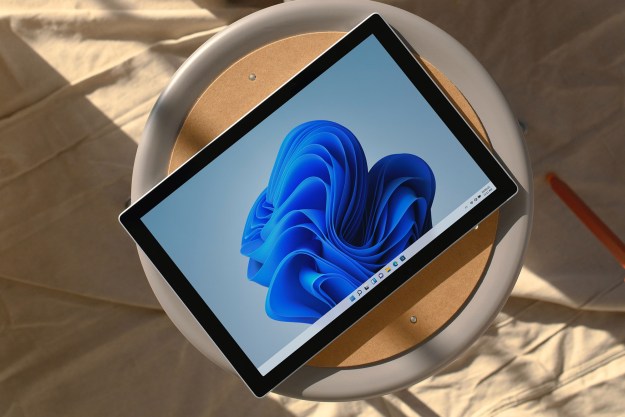
One area where Windows 10 hasn’t quite made the mark is in its user interface, which could be called simplistic and underwhelming in its design cues. It appears that Microsoft is well aware of these deficiencies and is planning to improve the UI with Project Neon in the Redstone 3 update in late 2017, according to Windows Central.
Through the Creators Update set to arrive in early 2017 and slowly rolling out now via the Windows Insider program, Windows 10’s user interface has been a continuation of the Metro design concept that start with Windows 7 Media Center and continued through various iterations of Windows Phone. Dubbed Microsoft Design Language 2, or MDL2, the current look and feel of Windows 10 is just more of the same.
Beginning with the Redstone 3 update due in the early fall of 2017, however, Windows 10 will receive a more streamlined facelift via Project Neon. The focus of Neon will be adding some excitement to a flatter UI without the kind of enhancements that make an OS more interesting to look at.
According to Windows Central, “Details are still scarce, but we hear some of the new designs in the plans include adding more animations and transitions, with the overall goal of making the UI very fluid and ‘beautiful’ compared to the current, almost static UI that is MDL2. One source familiar with Microsoft’s plans described Neon as, ‘Very fluid, lots of motion and nice transitions.'”
In addition, Neon could incorporate some design concepts to bridge Windows Holographic and HoloLens with the Windows 10 desktop. Details are sketchy on how 3D concepts would translate to 2D displays, but textures, 3D models, lighting effects, and more could be involved.
Project Neon looks to be evolutionary rather than revolutionary, holding onto the relatively simple UI that Windows 10 enjoys but making it more attractive to look at. The refresh will also offer developers more direction in how to make apps that are more visually appealing than current Universal Windows Apps.
According to Windows Central, Project Neon should show up with Redstone 3 early in the fall of 2017. Redstone 4, which will arrive in 2018, will offer developers the ability to implement Project Neon in their own apps. It looks like it won’t be too terribly long, then, before Windows 10 users will have an operating system that is as nice to look at as it is to use.
Editors' Recommendations
- Windows 11 vs. Windows 10: finally time to upgrade?
- The best Windows 10 keyboard shortcuts
- Update Windows now — Microsoft just fixed several dangerous exploits
- After 10 years of headaches, I’m finally a believer in Windows on ARM
- Windows 11 might pull ahead of Windows 10 in one key way


